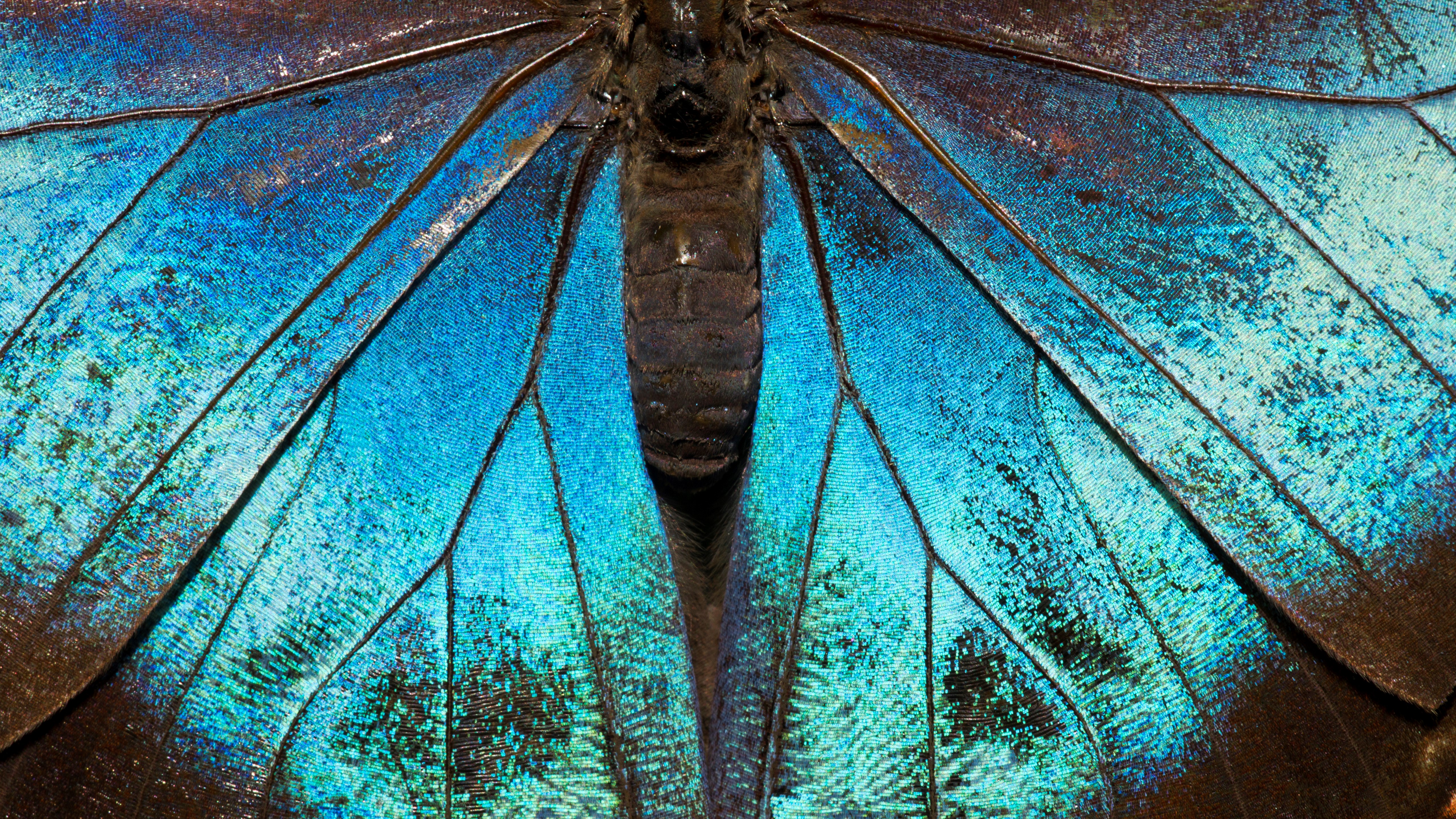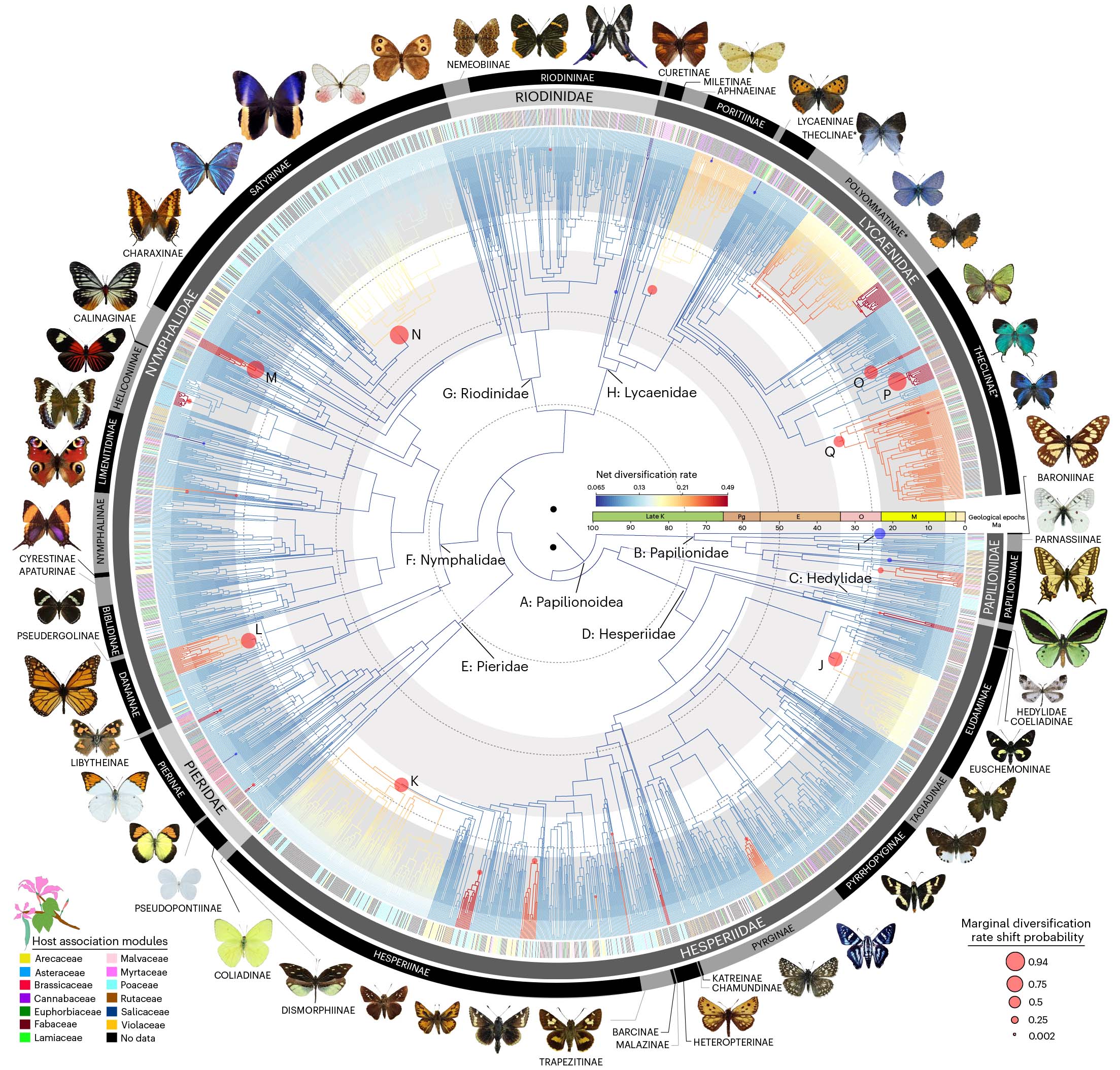
Scientists have painstakingly constructed the world's biggest butterfly tree of life and discovered that the first butterflies evolved 100 million years ago in what is now Central and North America,
At this time, the supercontinent Pangaea was in the process of breaking apart, and North America was split in two by a seaway separating the east and west. Butterflies originated in the western side of this continental chunk.
There are now an estimated 20,000 species of butterflies, and they are found on every continent except Antarctica.
Although scientists knew when butterflies originated, they were still unsure about the region they emerged from and their earliest diet.
The team of scientists, led by Akito Kawahara, a curator of lepidoptera (butterflies and moths) at the Florida Museum of Natural History, constructed the new butterfly tree of life by sequencing 391 genes from nearly 2,300 butterfly species from 90 countries — representing 92% of recognised genuses.
The researchers compiled data from multiple sources into a single publicly available database. They used 11 rare butterfly fossils as a standard to make sure that the branching points of their tree of life matched the time period of branching displayed by fossils. “It’s the most difficult study I’ve ever been a part of, and it took a massive effort from people all over the world to complete,” Kawahara said in a statement.
Related: What's the difference between a moth and a butterfly?
The findings, published May 15 in the journal Nature Ecology & Evolution, showed that butterflies emerged around 101.4 million years ago from the ancestors of nocturnal herbivorous moths. This puts the first butterflies in the mid-Cretaceous, making them contemporaries of dinosaurs.

After evolving, butterflies spread to what is now South America. Some migrated to Antarctica, which was much warmer at the time and still connected to Australia. They had reached the northern edge of Australia when the two landmasses split — a process that began around 85 million years ago.
Next the butterflies crossed the Bering Land Bridge — a land bridge that once existed between Russia and North America — and reached what is now Russia 75-60 million years ago. . They then spread out to Southeast Asia, the Middle East and the Horn of Africa. They even reached the then-isolated island of India around 60 million years ago. Surprisingly, due to unknown reasons, the spread of butterflies paused at the edge of the Middle East for 45 million years before finally spreading into Europe around 45-30 million years ago. Kawahara said that this pause is reflected in the low number of butterfly species in Europe today compared with other parts of the world.
An analysis of 31,456 records of butterfly host plants revealed that the first butterflies fed on plants from the legume family. Legumes are found in almost every ecosystem and most lack potent defensive chemicals against insect feeding. Scientists believe these traits might have caused the butterflies to stick with a legume diet for millions of years.
Today, butterflies have diversified to eating other plant families but most stick to a single plant family. Around two-thirds of the existing species feed on a single plant family, mostly wheat family and legume family. Interestingly, the most recent common ancestor of legumes is around 98 million years old —which largely coincides with the origin of butterflies.
“The evolution of butterflies and flowering plants has been inexorably intertwined since the origin of the former, and the close relationship between them has resulted in remarkable diversification events in both lineages,” co-author Pamela Soltis, a curator at the Florida Museum, said in the statement.







